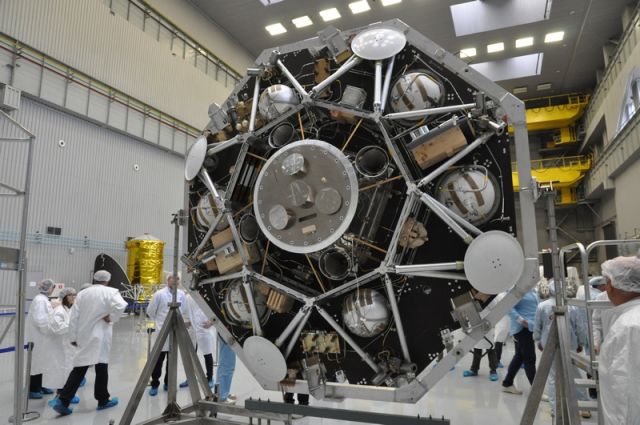The next attempt will take place in suitable weather, the ESA said
ST. PETERSBURG, June 17. /TASS/. High-altitude tests of the parachutes of the Exomars-2022 lander, which consists of the Russian Kazachok landing platform and the European Rosalind Franklin rover, have not yet been successful, the next attempt will take place in suitable weather. This was announced by the head of the European Space Agency (ESA) mission in Russia, Rene Pichel, on the sidelines of the Global Conference on Space Exploration GLEX-2021.
"We are waiting for the test of the parachute system. The week before last was the first attempt, but, unfortunately, something went wrong with the balloon filling system. And now we are waiting for good weather [for repeated tests], " Pichel said.
He stressed that the Exomars project is being actively worked on. "Integration, testing, software testing, as well as testing with a ground - based model of the rover on the simulated surface of Mars are continuing," said the head of the ESA mission in Russia.
According to him, this work includes the elimination of comments on the blocks produced by the Russian side that regulate the landing engines. "We are working, everything will be fine," he concluded.
Parachute system
In November 2020, one of the leaders of the Exomars program from the European side, Francois Spoto, reported that the parachute system successfully passed field tests, braking and lowering the test mass to the Ground after being dropped from a height of 29 kilometers.
Scientists planned another test of the landing system in mid-2021, already at the Swedish Space Corporation's test site in Kiruna. In these tests, it was planned to use a new version of the second main parachute of the Exomars, and the main parachute was supposed to undergo a series of small upgrades that will help scientists eliminate some small problems recorded during tests in the United States.
These tests are necessary in order to maximize the safety of the rover and the landing platform when they enter the extremely rarefied atmosphere of Mars and safely deliver them to the surface of the planet in June 2023.

